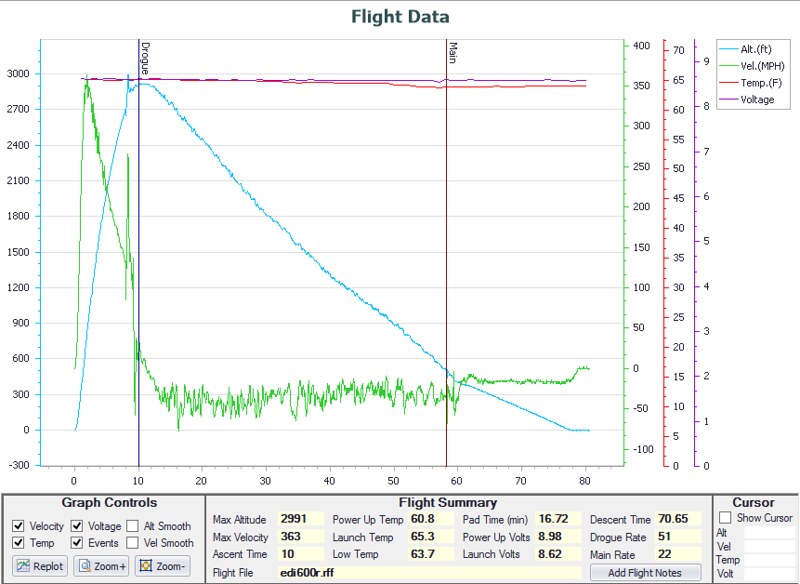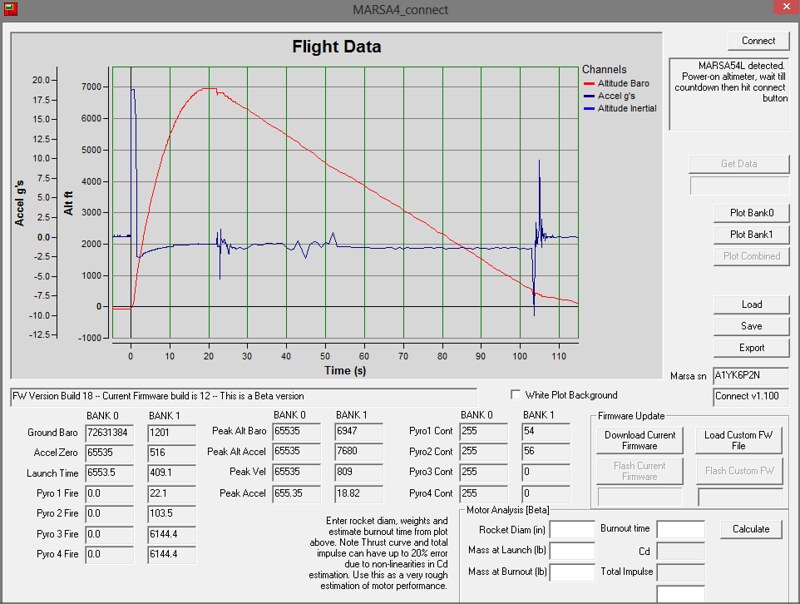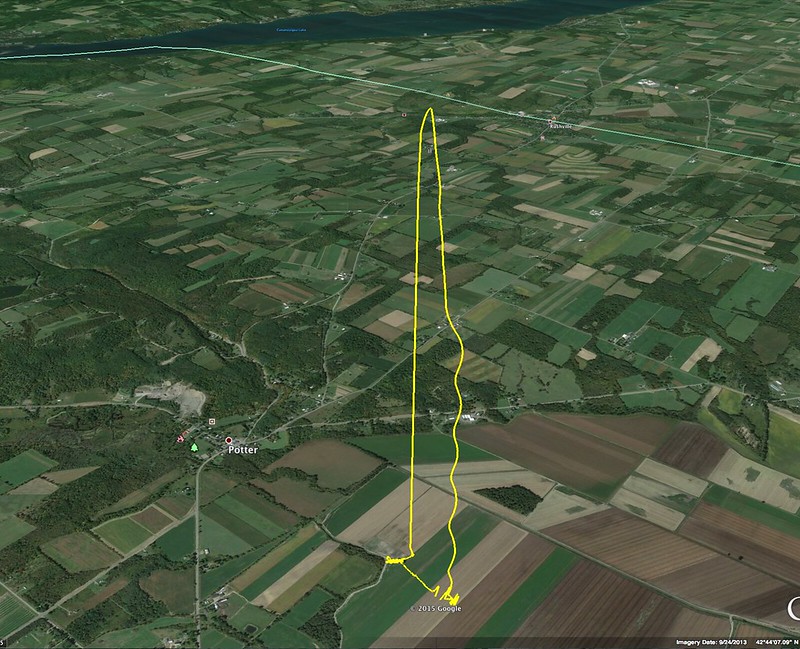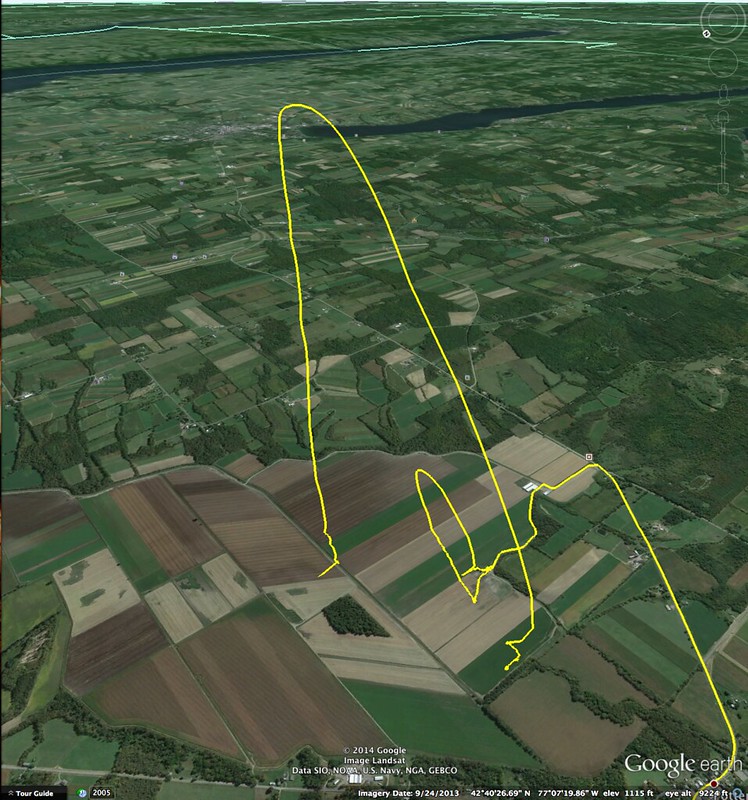- Joined
- Jan 18, 2009
- Messages
- 5,938
- Reaction score
- 581
My point is that I find it very boring to just launch plain low tech rocket. Always the same patern, glue the fins put a motor and launch .....
Maybe you're not doing it right?
I've recently flown a 12-foot long rocket that used a "wacky wiggler" mode of recovery and a six-foot tall, eight-legged, furry arachnid. And it's not just size that matters. I had never launched a raw egg as a payload until a few years ago. I felt the same kind of excitement I had experienced as a kid as I recovered the rocket and opened the payload bay to find the egg intact.
I've been building and flying rockets for about half of my 50+ years and I've never felt it getting boring or routine. I have never suffered a period of "burn out" from rocketry as I have periodically from computers and most everything else in my life. There are always new challenges and no one is telling me what to do. I make my own designs, follow my own plans, and work on my own schedule.
Sometimes I feel that rocketry is the only thing keeping me sane (then my wife gives me a dope slap).
-- Roger
Last edited:








